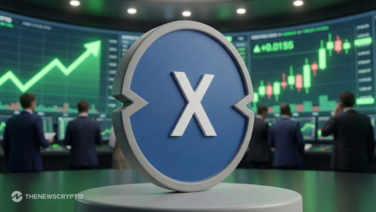- The total papers in Input Output Global’s (IOG) library, associated with Cardano, are nearing 200.
- Charles Hoskinson emphasizes Cardano’s commitment to peer-reviewed academic research as a distinctive feature.
- Cardano’s focus on a rigorous, scientific method has been a defining aspect since its 2015 inception.
Cardano creator Charles Hoskinson praised his blockchain network’s commitment to peer-reviewed academic research as the total papers in Input Output Global’s (IOG) library approaches 200. He contends that this rigorous, scientific method distinguishes Cardano as uniquely positioned to solve complex challenges.
“Cardano’s Library Nears 200 Papers as Founder Charles Hoskinson Emphasizes Research-First Ethos” reads the subtitle of Hoskinson’s tweet on Monday, highlighting the milestone.
Cardano’s Hoskinson says he is still in awe
Hoskinson stated:
“I’m still in awe of our library of papers, almost at 200. There is so much amazing research in this portfolio underpinning the Cardano blockchain and its capabilities,” He further added, “Our emphasis on doing the science first is what makes Cardano special.”
Indeed, dedication to research has defined Cardano since its founding in 2015 to address perceived shortcomings in major cryptocurrencies like Bitcoin and Ethereum. The initial Ouroboros paper, which put forth Cardano’s proof-of-stake consensus mechanism, has over 1,200 citations in academic literature as of 2022.
Many of the studies coming out of IOG’s internal research unit and partnerships with universities have similarly undergone rigorous peer review before publication at top computer science conferences. This level of academic scrutiny is unmatched among blockchain projects and instills confidence in Cardano’s real-world viability.
Subjects covered in the papers span game theory, programming languages, networking, governance, and beyond—all centered around building a secure, sustainable smart contract platform. Hoskinson claims this emphasis on science establishes firmer technological and ethical foundations relative to competing networks.








